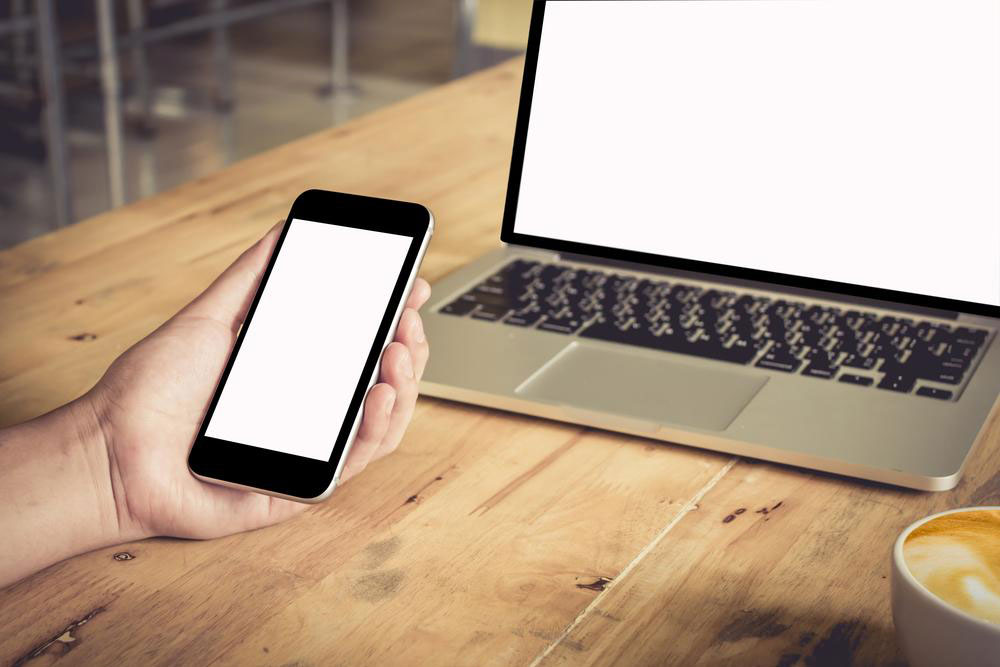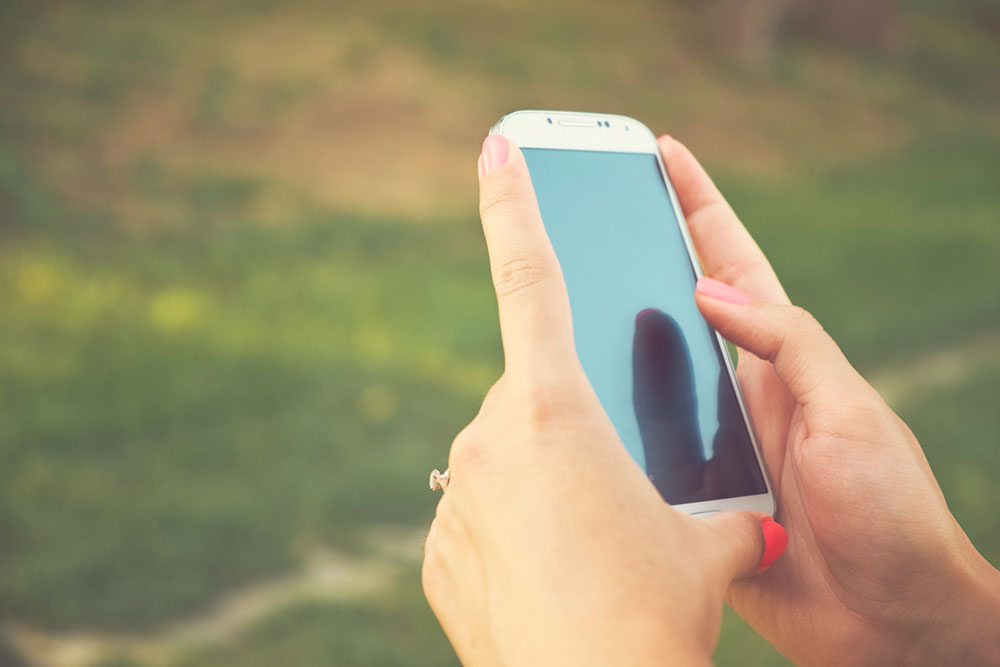Ultimate Guide to Finding Affordable iPhones Without Compromising Quality
This detailed guide helps consumers find affordable iPhones without sacrificing essential features. Covering models from early versions like the iPhone 3G to more recent ones like the iPhone 8, it offers tips on where to find deals, what features to prioritize, and how to purchase used or locked devices wisely. Perfect for budget-conscious buyers seeking high-value smartphones, this article covers strategic shopping practices, key specifications, and the benefits of older models. Stay informed and make smart buying decisions with expert advice to get the best iPhone deals around the festive seasons and beyond.

Ultimate Guide to Finding Affordable iPhones Without Compromising Quality
Since their groundbreaking introduction in 2007, iPhones have revolutionized the smartphone industry and become a global phenomenon. Their sleek design, innovative features, and powerful performance have made them highly desirable worldwide. As Apple consistently releases new models nearly every year, consumers often find themselves debating whether to upgrade to the latest device or stick with older, more affordable models. Fortunately, many previous-generation iPhones still offer robust features and excellent performance, making them a practical choice for budget-conscious buyers. During special sales events and holiday seasons, discounts on older iPhone models become particularly attractive, providing an excellent opportunity for consumers to get high-quality devices at reduced prices.
Embarking on a journey to purchase an affordable iPhone requires strategic research and a clear understanding of your priorities. Knowing what features are essential for your daily usage can significantly narrow down your options. Do you need expansive storage to hold countless photos and apps? Are you looking for the latest iOS updates and security patches? Or is your main goal to find a device that offers reliable performance at the lowest possible cost? While all iPhones share core functionalities, newer models generally come with enhanced features, larger storage capacities, and the latest technological advancements, which come with a steeper price tag.
For those whose main concern is affordability, selecting older models remains a wise choice. These models, though produced several years ago, still provide solid performance and useful features suitable for everyday tasks. For instance, early iPhones such as the iPhone 3G, equipped with 8 or 16 GB of storage, are very budget-friendly options. Despite their age, these phones boast efficient processors, durable build quality, and include notable features like decent cameras and integrated sensors, including compasses.
The iPhone 4 and 4S, which feature 5-megapixel cameras, along with processors like the A4 and A5 chips, are still popular among budget-conscious consumers. These models support key functionalities such as voice recognition through Siri, which became available starting from the iPhone 4S. Furthermore, the iPhone 4S introduced improvements like better camera quality, faster processing speeds, and a more refined design, making it a cost-effective choice for basic smartphone needs.
Moving further along the timeline, the iPhone 5 represents a significant upgrade with its thinner, lighter design and improved performance. While slightly older by today’s standards, the iPhone 5 still delivers a reliable user experience with features such as a Lightning connector, enhanced camera capabilities, and the A6 chip. These models can often be found at significantly discounted prices, especially when purchased unlocked or through third-party sellers.
For models beyond the iPhone 5 — including the iPhone 6, 6s, 7, or 8 — smart shopping becomes even more critical. Many of these devices are available through carrier promotions, often locked to specific networks, which generally means they are sold at lower prices. Purchasing a locked phone can be a strategic move for budget-conscious buyers, provided you are willing to commit to a specific carrier. Such options may include carrier-specific plans or installment payments, making high-quality iPhones more accessible without a substantial upfront investment.
When shopping for used or refurbished iPhones, it’s essential to verify the device’s condition, check for any signs of damage, and ensure that it is compatible with your carrier. Trusted vendors and warranty services can offset some risks associated with purchasing second-hand phones. Additionally, tools like serial number checks and IMEI databases can help confirm the device’s history and authenticity, preventing potential scams.
In conclusion, choosing an affordable iPhone involves balancing your needs, budget, and preferences. From classic models like the iPhone 3G and 4S to more recent but still budget-friendly options like the iPhone 6 or 7, there’s a device out there for every user. By understanding the features you truly need and timing your purchases around sales events, you can enjoy owning an iPhone without breaking the bank. Remember, upgrading to a new phone doesn’t always mean buying the newest model—sometimes, the best value lies in those proven, reliable older versions.





